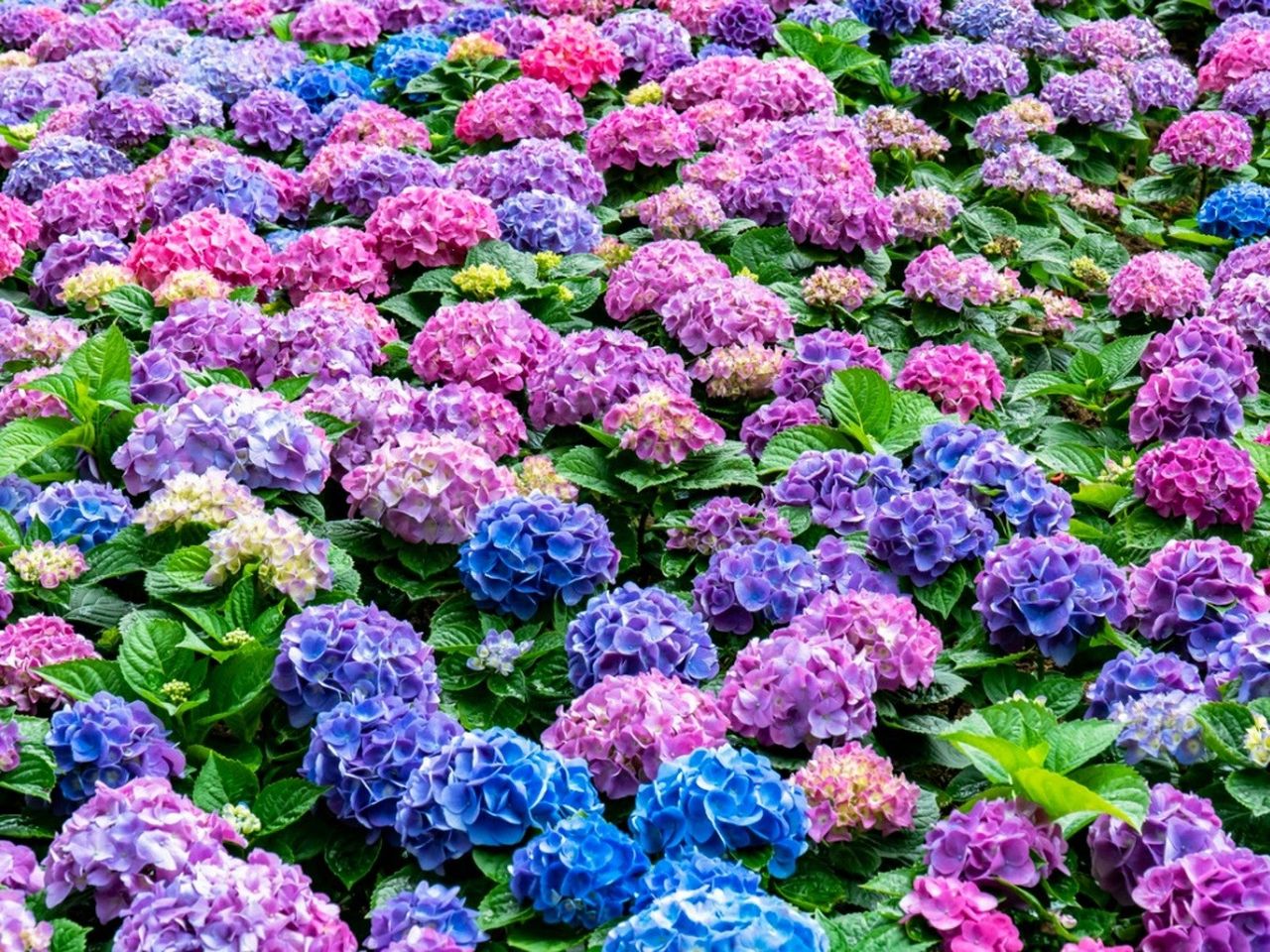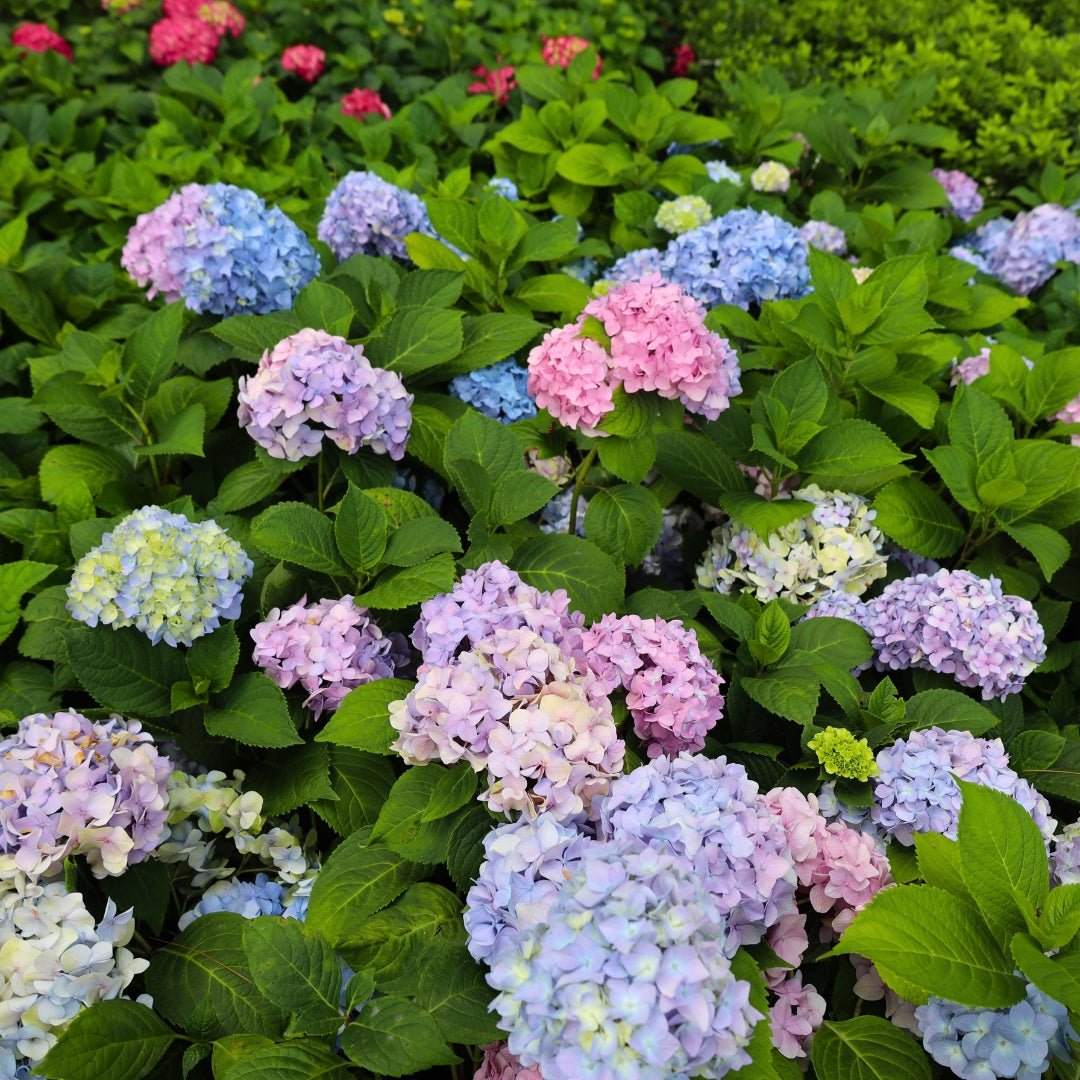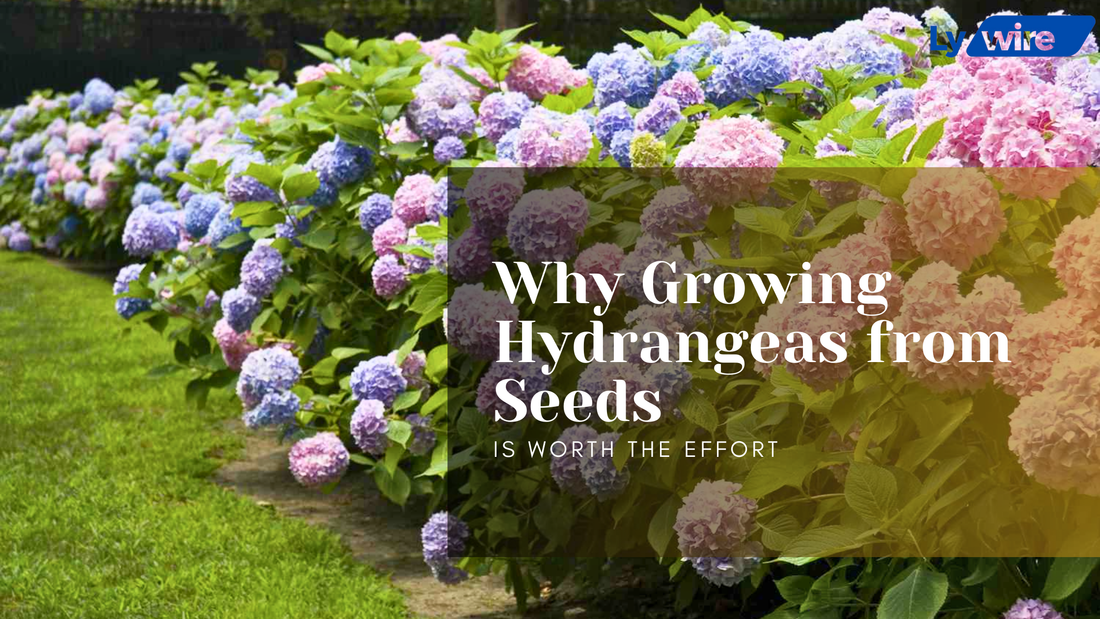
Hydrangeas are beloved for their stunning blooms and vibrant colors, making them a favorite among gardeners. While most people opt for store-bought plants or cuttings, growing hydrangeas from seeds offers a unique and rewarding experience.
Although it requires patience and care, the process allows you to cultivate new varieties, enjoy the satisfaction of nurturing a plant from its earliest stages, and save money in the long run. Here’s why growing hydrangeas from seeds is worth the effort.

The Unique Joy of Growing Hydrangeas from Seeds
Growing hydrangeas from seeds is not just about gardening; it’s about embarking on a journey of discovery. Unlike propagating through cuttings, which produces clones of the parent plant, starting from seeds can lead to unique variations. This unpredictability is especially exciting for gardeners who love experimenting with new colors and forms.
Additionally, there’s a sense of accomplishment in watching tiny seeds transform into lush, flowering shrubs. It’s an opportunity to connect deeply with nature and appreciate the life cycle of plants.
Advantages of Growing Hydrangeas from Seeds
Here are some compelling reasons to consider growing hydrangeas from seeds:
- Cost-Effective Gardening: Purchasing mature hydrangea plants can be expensive. Seeds, on the other hand, are affordable and often available in large quantities.
- Diverse Varieties: By growing from seeds, you may discover unique hybrids or variations that are not available in nurseries.
- Educational Experience: The process teaches valuable lessons about plant biology, patience, and care.
- Sustainability: Growing your own plants reduces reliance on commercial nurseries and promotes eco-friendly gardening practices.
Challenges to Expect
While rewarding, growing hydrangeas from seeds does come with challenges:
- Time-Consuming Process: It can take several months for seedlings to grow into mature plants capable of blooming.
- Small Seed Size: Hydrangea seeds are tiny, making them difficult to handle without proper tools.
- Viability Issues: Not all seeds will germinate or grow true to the parent plant due to hybridization.
Despite these hurdles, the satisfaction of seeing your first blooms makes the effort worthwhile.

Step-by-Step Guide to Growing Hydrangeas from Seeds
1. Collecting Hydrangea Seeds
To start your journey, you’ll need to collect seeds from mature hydrangea flowers:
- Wait 8–12 weeks after blooming for the flowers to fade and dry.
- Clip the flower heads and place them in a brown paper bag for 3–7 days to fully dry.
- Shake the bag gently to release the tiny seeds, which resemble cracked pepper15.
2. Preparing for Germination
Hydrangea seeds require specific conditions for successful germination:
- Use seed trays filled with well-draining potting soil.
- Surface sow the seeds—place them on top of the soil without covering them, as they need light to germinate.
- Keep the soil moist but not waterlogged.
3. Creating Optimal Conditions
Hydrangea seeds thrive in warm, sunny environments:
- Place seed trays near a sunny window or under grow lights.
- Maintain consistent moisture levels and ensure good air circulation.
- Germination typically takes 14–30 days.
4. Transplanting Seedlings
Once seedlings develop two sets of true leaves:
- Thin them out so that only one plant remains per cell or pot.
- Transplant them into larger pots or directly into your garden during spring or fall when temperatures are mild.
Tips for Success
- Choose Viable Seeds: Collect seeds from lacecap or oakleaf hydrangeas for better germination rates.
- Use Acidic Soil: Hydrangeas prefer slightly acidic soil conditions. Adding peat moss can help maintain acidity.
- Fertilize Wisely: Use a weak fertilizer once seedlings develop true leaves to encourage healthy growth.

Why It’s Worth It
Despite being more labor-intensive than other propagation methods, growing hydrangeas from seeds offers unmatched rewards:
- Personalized Results: You might create a one-of-a-kind hydrangea variety that becomes a centerpiece in your garden.
- Deep Satisfaction: Watching your efforts bloom into beautiful flowers is immensely fulfilling.
- Connection with Nature: The process fosters mindfulness and appreciation for the natural world.
Growing hydrangeas from seeds may not be the easiest gardening task, but it’s undoubtedly one of the most rewarding. From collecting tiny seeds to nurturing delicate seedlings into thriving plants, every step is an opportunity to learn and grow alongside your garden.
If you’re up for the challenge, this journey will not only beautify your outdoor space but also enrich your gardening experience in ways you never imagined.

